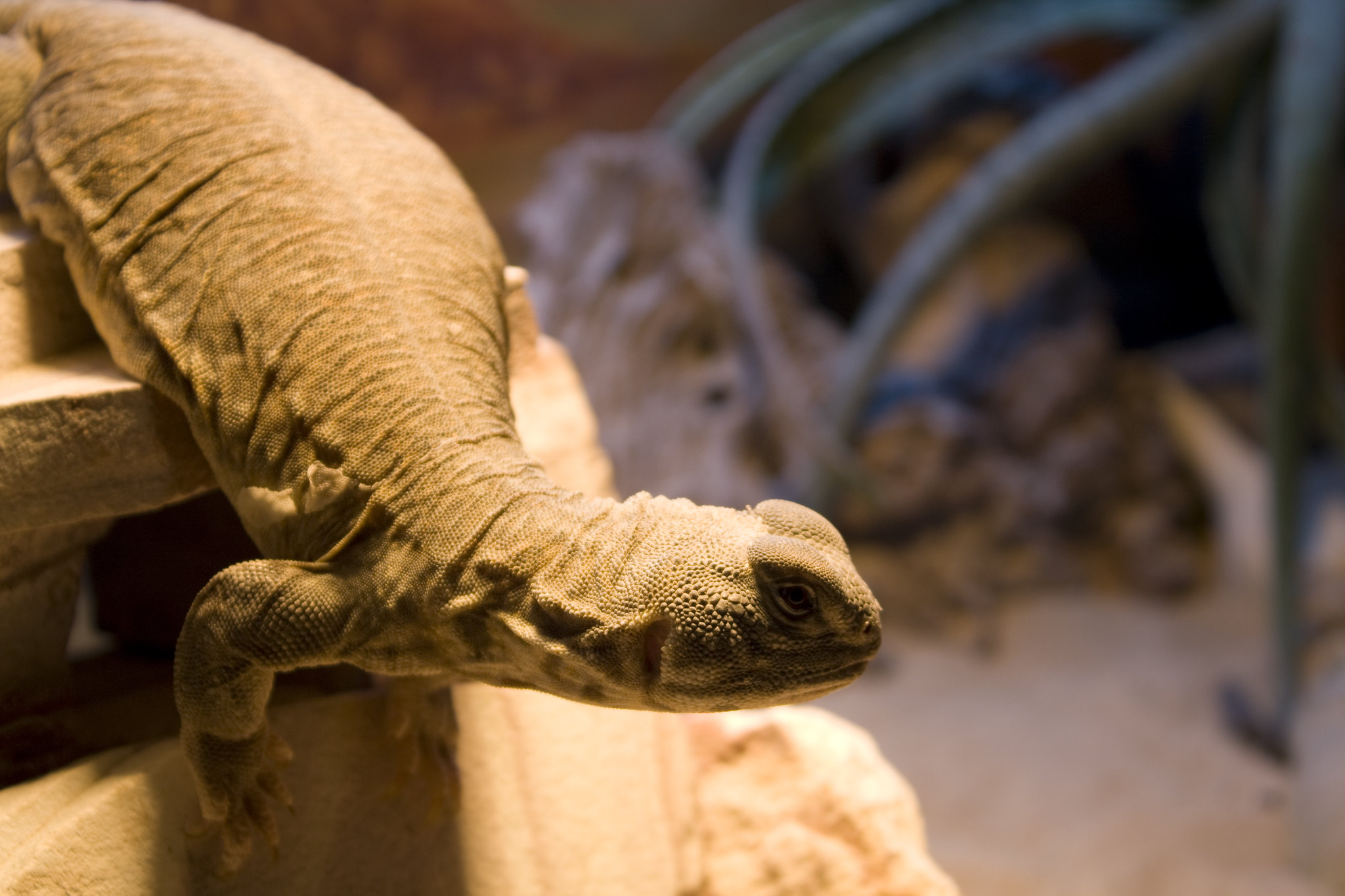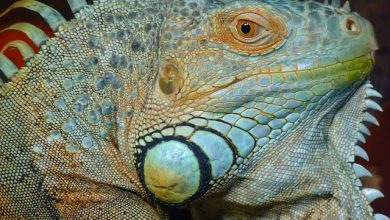Vegan Reptiles You Can Keep

Photo by Nicholas Doumani
Not thrilled about the idea of feeding baby mice or roaches to your exotic pet? Donât worry; youâre not alone. Whether youâre a vegan yourself, you find feeding veggies easier, or you just feel grossed out about giving crawly things to your pet, youâll find plenty of other reptile keepers who share your sentiment.
And the good news is that you actually have several options for reptiles and amphibians that donât eat other animals.
Hereâs a list of vegan reptiles you can keepâ¦
Monkey Tailed Skinks
Monkey tailed skinks are the biggest skinks in the world. Of course, skinks donât get huge, so itâs not like these lizards are as big as green iguanas or tegus. Another difference between monkey tailed skinks and other skinks, however, is that they are semi-arboreal, whereas many other skinks are ground dwelling.
And although monkey tailed skinks can technically eat insects (and eat them incidentally on leaves in nature), they do not require them to thrive. They eat a variety of leafy greens, other vegetables, and fruits that you can easily find at the grocery store.
Uromastyx
The uromastyx is another strict herbivore, but in addition to eating leafy greens, veggies, and fruits, they also eat seeds and lentils. Theyâre a fairly large lizard, bigger than most geckos, for instance, and they are terrestrial.
You can also add bee pollen to a uromastyxâs food as a treat.
Depending on the type of uromastyx you get, they can vary in size and coloring.
Check out our Uromastyx Care Guide to learn more about this lizard.
Tortoises
The majority of tortoises are entirely herbivores. The big thing to know about tortoises is that they are actually quite active and need a large amount of space and enrichment. If you live in a climate similar to your tortoiseâs natural habitat, an outdoor enclosure, even just for part of the year, is ideal.
You can feed tortoises hay, leafy greens, vegetables, and fruits, as well as prepared tortoise foods.
Here are some care guides for the vegan tortoises we sell at The Tye-Dyed Iguana:
Greek Tortoise Care Guide
Hermannâs Tortoise Care Guide
Russian Tortoise Care Guide
If you donât mind feeding small amounts of worms or insects, the red foot tortoise is another option:
Red Foot Tortoise Care Guide (not entirely herbivorous)
Green iguanas
Iguanas are the largest lizard on this list, so like tortoises, they will require a good amount of space. Green iguanas eat primarily leafy greens with a few other vegetables and fruits.
In addition to needing a large space, green iguanas are an arboreal species that also needs plenty of climbing areas. In the right climate, an outdoor enclosure is ideal for green iguanas, providing them with plenty of space and UVB from sunshine.
Green iguanas are better pets for advanced keepers than beginners, as they can be a lot of work and are prone to being temperamental.
Click here for a Green Iguana Care Guide.
Come into The Tye-Dyed Iguana in Fairview Heights for reptile food, treats, substrate, and lighting.



